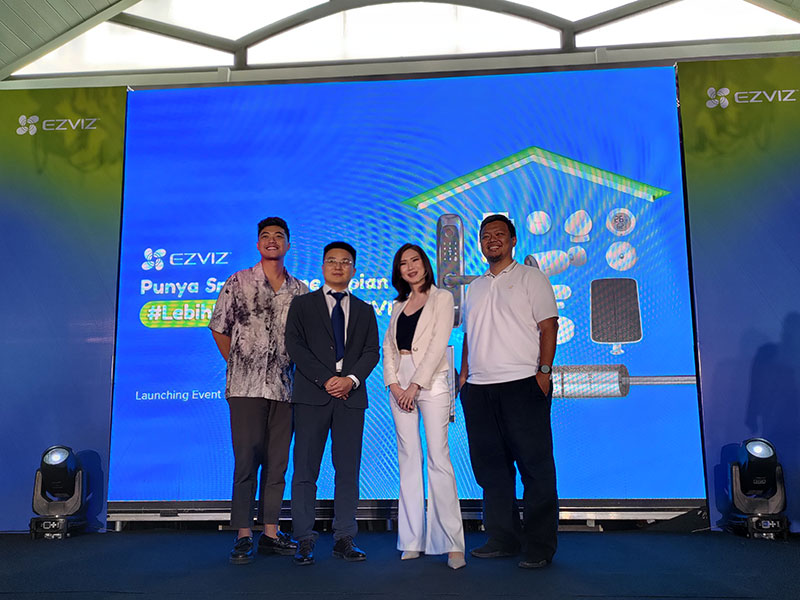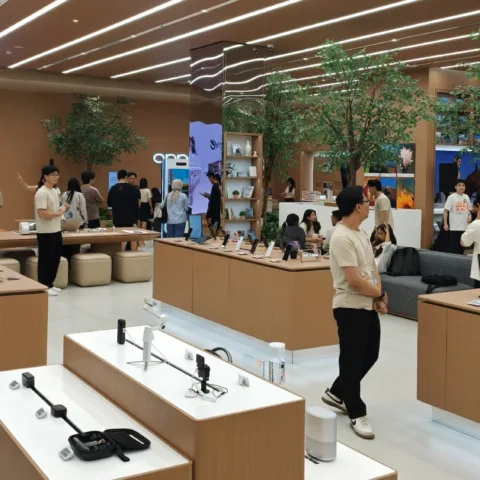
As the fourth most populated country on earth, Indonesia possesses the fastest mobile user ecosystem growth in the world. Based on that fact, the potential of M2M (Machine-to-Machine) market in Indonesia is very vast, with around 40 to 50 percent of growth a year, Indosat’s Head of M2M Hendra Sumiarsa stated.
The increase of M2M devices’ market interest shows more potential in corporate and governance sector. This is because in the meantime, finance, transportation, smart energy, and supervision and security are the most growing M2M vertical market in Indonesia. Sumiarsa said there are still plenty other sectors waiting to be strengthened in Indonesia.
The government should not merely be the initiator
The growth of M2M-based solution for other industries like oil and gas, enterprise mobility, logistic, factory equipment automation, and smart-things-based consumer electronic products, also shows promising potential. Although still being in its early phase, the future is believed to be bright for the industry, considering that supporting devices are being produced already.
The government’s fundamental role to accelerate the growth includes its attempt to better up the technology’s adoption level, just like Singapore with its Smart Nation concept. The government also needs to make the blueprint of supporting facilities so that the technology’s growth can be better ensured. In this case, Indonesia has started the process by unveiling regulations for branchless banking.
It’s time to design M2M-based solution or products
Being a provider doesn’t always require creating hardware, as many other solutions may be drawn. By making optimizing the existing potential, challenges are yesterday. Take Wi-Fi or CCTV technology at the City Center as an example. This leads to the fact that startups may start they own M2M-based solutions.
By making use of CCTV technology which is spread all over the city, for instance, one can easily track a kidnapping incident as he may recognize the kidnapper’s face, body structure, and fashion style. A simpler case would be the management of energy consumption at home (which has yet been initiated), as the M2M system may be developed to manage the amount of energy used by devices at home. This way, the Greener Cities blueprint would no longer be a dream.
The innovation can be started with something simple. This is where startups can dig in. The tools of experiment are everywhere, so as the required operating system which has been designed to support the operation of M2M devices, which is commonly known as the Internet of Things.










